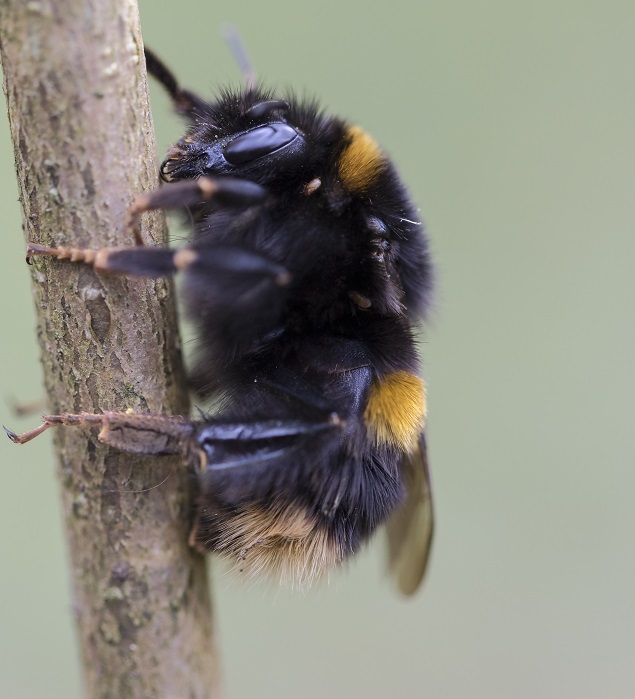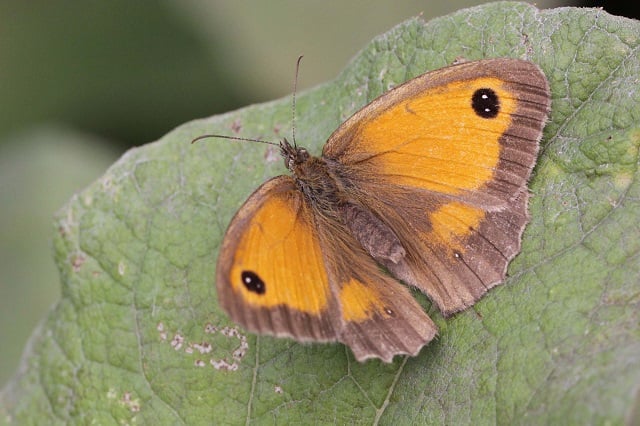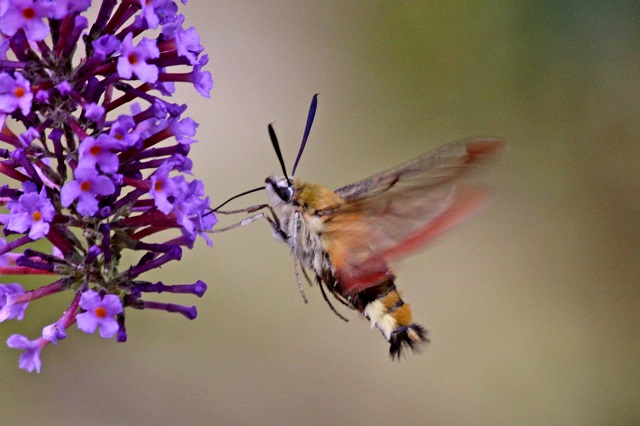
We caught up with Leanne over at The Wildlife Trusts earlier this month to take a look at the work they are doing, starting a wildlife garden, and educating children about the importance of wildlife. Check out our interview below.
Our Interview with The Wildlife Trusts
1. How can someone find out if an area is under the management of The Wildlife Trusts?
The Wildlife Trusts is a federated organisation, which means that there are 47 individual wildlife trusts across the UK working to protect wildlife in their area. The best way to enquire about an area is to get in touch with your Wildlife Trust. You can find their contact details here.
2. What advice would you give to those who want to start a wildlife garden?
First, that’s great news! You can build a wildlife-friendly area no matter the size of your garden. Even a window box can make a difference. There’s lots of great advice on the Wild About Gardens website, which is our partnership with the RHS. You can choose activities based on how much time you have, so if you only have a couple of hours to spare you can still find something to do.
Great ways to begin are: variety! A variety of plants that flower at different times throughout the year, to offer food to pollinators year-round, are ideal. Also, look out for the pollinator-friendly sign when looking for plants at the garden centre.

Gatekeeper - Image Credit: Margaret Holland
3. How did The Wildlife Trusts begin? What was the initial driving force behind the organisation?
The first iteration of The Wildlife Trusts was founded in 1912 by Charles Rothschild, who was concerned about the loss of nature. He held a meeting to discuss his radical ideas for saving wildlife, which led to the formation of The Society for the Promotion of Nature Reserves. This would eventually become The Royal Society for Wildlife Trusts, and it signalled the beginning of UK conservation as we now know it.
Charles Rothschild’s vision was to identify and protect the best places for wildlife, which was a very novel idea for the time.
4. How important is it to educate children on the importance of wildlife? How can they get involved?
In a word – very! This is the next generation of decision-makers and influencers so we need to make sure they care about our world. By passing on a love of wildlife to our children, we can ensure they respect and care for it as they grow older. There is a worrying trend of biodiversity loss that we need to address. By getting children involved and ensuring they’re educated about the issues, we can make sure the next generation is ready and prepared to tackle these problems.
There are so many ways children can get involved. They can become Wildlife Watch* members (find your Wildlife Trust here) and learn all about British wildlife, they can join their local Wildlife Trust nature club, they can come along to events or they can try something completely different. Perhaps they could fundraise for their Wildlife Trust? Or pledge to make an eco-friendly change in their life. Or spread the word to their friends!
*Wildlife Watch is our junior membership. Members receive our publication Wildlife Watch four times a year, which is jam-packed with amazing wildlife, fun competitions, awesome activities and inspiring people.
5. Why should people care about nature?
We need nature to survive and to thrive. For example, bees pollinate crops which make up 90% of the world’s food. Woodlands are used for timber products, wetlands are important sources of food, water purification, flood defence, fresh water and erosion control, our seas provide us with food and industry. The list of benefits is endless. Not only that, nature is so important for our mental wellbeing. Studies have shown that those with regular access to nature are more able to cope with stressful situations. Put simply, we can’t afford to not care.

Broad bordered bee moth - Image Credit: Margaret Holland
6. How can an ordinary home gardener help The Wildlife Trusts?
There are many ways. Committing to wildlife-friendly gardening is a great way that everybody can help, including pledging to only use peat-free compost. The draining of peatlands to produce peat-compost is decimating the wildlife in that habitat and we are desperately trying to save what little we have left. You can find out more about the restoration of peatlands here.
As well as taking action yourself, you can also become a member of your Wildlife Trust. By doing this you will be directly supporting wildlife in your area.
You can also help with the products you buy. Vine House Farm gifts 5% of bird food sales to local Wildlife Trusts, so your Wildlife Trust will benefit when you purchase your bird food from them.
7. What can people do in their own back garden to help wildlife thrive?
The important thing to remember is that every little helps. Planting nectar-rich flowers in a window-box will attract bees and butterflies, those wonderful little pollinators.
As stated above, using only peat-free compost will make sure you’re supporting our peatlands. Installing bird boxes, bat boxes and bug hotels will provide habitats for a range of local wildlife and make your garden a haven. By hosting a bug hotel, you’ll also be providing a much-needed food source for bats, hedgehogs and lots of other animals.
A brilliant way to help wildlife is to build a pond (but remember not to introduce fish!). However, this isn’t always suitable for everybody, so simply offering a small bird bath or water source will also be helpful.
As stated before, the Wild About Gardens website is a great resource for the wildlife gardener, whether you’re just starting out or a seasoned pro.
8. How can people get involved in your organisation?
One easy and effective way to help is to become a member! You know that your money is going to help your local wildlife, and you’ll also receive magazines, exclusive offers and events that allow you to feel part of a community. If you become a family member, your children will also receive Wildlife Watch.
Volunteering is another great way to get involved. As well as gaining new skills and making friends, you’ll be able to directly see the difference you’re making. Some volunteers stay with us long-term and work to keep our reserves in tip-top condition, others give an hour a month to help out at a Wildlife Watch group. There are so many different options. Contact your Wildlife Trust to explore what you could do.
There might be other skills you could offer that you haven’t even considered. Do you love photography? Perhaps you could donate your images to The Wildlife Trusts – great photographs really allow us to tell a story! Brilliant organisational skills? Why not organise a fundraiser! Think outside the box and there are lots of ways you can help.
As Leanne said, there are so many different ways you can help. Why not make a start by purchasing a bird table or investing in a planter to grow some nectar-rich flowers. Remember, Shedstore is your one-stop shop for everything to do with the garden.
Main image credit: Chris Lawrence




